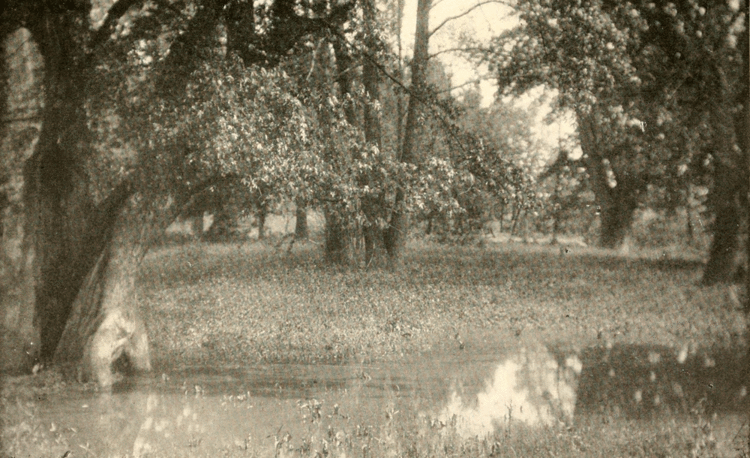 | ||
The Limberlost Swamp in the eastern part of the present-day U.S. state of Indiana was a large, nationally known wetlands region with streams that flowed into the Wabash River. It originally covered 13,000 acres (53 km²) of present-day Adams and Jay counties. Parts of it were known as the Loblolly Marsh, based on a Miami language word by local Native Americans for the sulphur smell of the marsh gas. The wetlands had mixed vegetation and supported a rich biodiversity, significant for local and migrating birds and insects, as well as other animals and life.
Contents
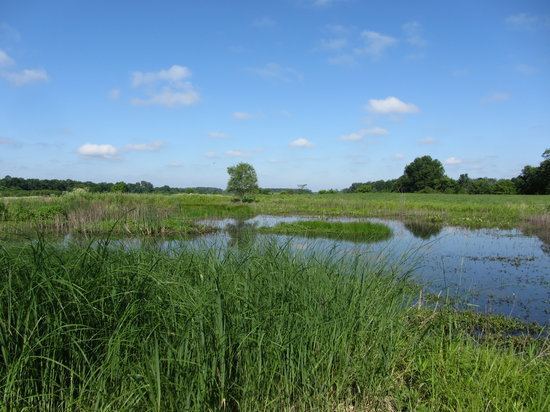
European Americans drained the Limberlost for agricultural development early in the 20th century, destroying the rich habitat. Since the late 20th century, parts of it have been restored, beginning in 1997. Observers have documented a return of insects, birds, and wildlife of all sorts to the restored area of wetlands. Approximately 1,500 acres (6.1 km2) acres had been restored as of 2015. Several groups supported purchase of lands for what is now known as the Loblolly Marsh Nature Preserve, which was turned over to the state and is held by the Indiana Department of Natural Resources.
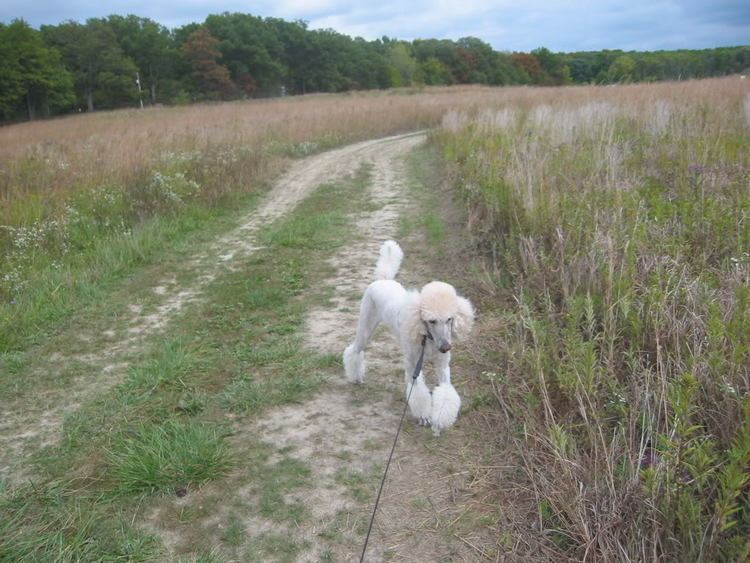
Origin of name
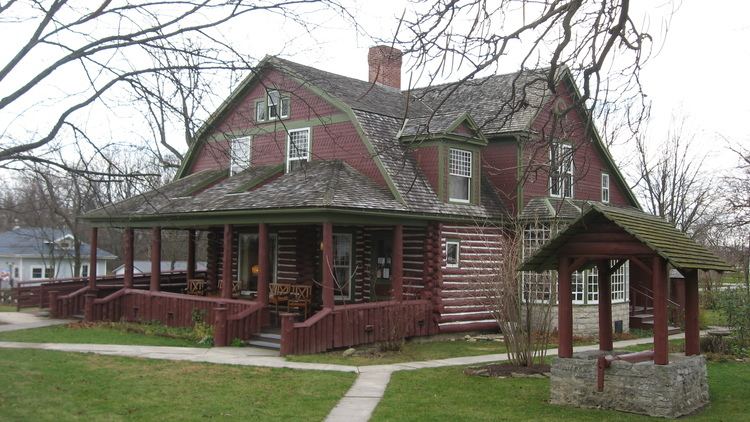
According to the History of Jay County by M.W. Montgomery, published in 1864, the name Limberlost came from the following event:
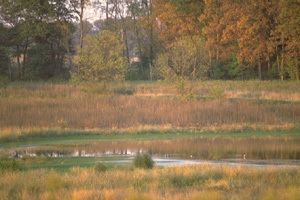
A man named James Miller, while hunting along the banks of the swamp, became lost. After various fruitless efforts to find his way home, in which he would always come around to the place of starting, he determined to go in a straight course, and so, every few rods he would blaze a tree. While doing this, he was found by friends. Being an agile man, he was known as 'limber Jim,' and, after this, the stream was called 'Limberlost.'

The Indiana State Museum contends, "The swamp received its name from the fate of 'Limber Jim' Corbus, who went hunting in the swamp and never returned. When the locals asked where Jim Corbus was, the familiar cry was 'Limber's lost!'"
Draining , development and restoration

After being drained by 1912 by a steam-powered sedge, the area was cultivated as farmland for 80 years. In 1991 local citizen Ken Brunswick established "Limberlost Swamp Remembered," a group organized to restore some of the wetlands, because of their importance as habitat. The work has included removing or blocking drainage tiles, allowing water back on the land, and planting native species of trees, bushes and flowers. As of 2015, The Loblolly Marsh had been entered into Indiana's Wetland Reserve Program by five owners; it was purchased with funds from The Indiana Heritage Trust, ACRES Land Trust, Ropchan Foundation, M.E. Raker Foundation, and Friends of the Limberlost/Limberlost Swamp Remembered Committee.
Loblolly Marsh (an alternate name, from a Miami language word for "stinking river," related to the sulfur smell of marsh gas) has already attracted numerous species of insects, birds, and animals as the first major section has been restored. The 428-acre restoration project was dedicated as the Loblolly Marsh Wetland Preserve in 1997. Activists have included students from Ball State University, who participated in restoration activities such as planting native habitat. Approximately 1,500 acres (6.1 km2) have been purchased and restored.
As of 2015, the Loblolly Marsh Nature Preserve is held by the Indiana Department of Natural Resources. It has a parking area and walking trails, including Veronica’s Trail--0.25 mile wheelchair-accessible wooden boardwalk built to honor the Americans with Disabilities Act. The preserve's floodplains connect to the Wabash River and support river bulrush, sedges, prairie cord grass, burr reed and cattails. The upland area contains a twenty-five acre mature woodland of hardwood trees.
